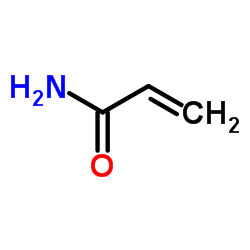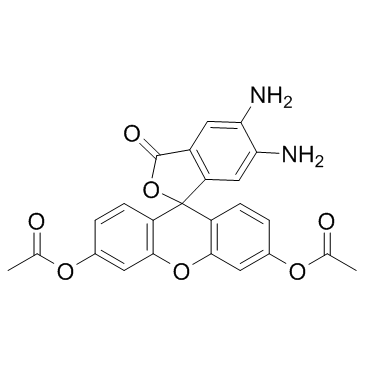| Structure | Name/CAS No. | Articles |
|---|---|---|
 |
sodium chloride
CAS:7647-14-5 |
|
 |
Acrylamide Crystals
CAS:79-06-1 |
|
 |
H-Arg(NO2)-OH
CAS:2149-70-4 |
|
 |
Acetovanillone
CAS:498-02-2 |
|
 |
SODIUM CHLORIDE-35 CL
CAS:20510-55-8 |
|
 |
4,5-Diaminofluorescein diacetate
CAS:205391-02-2 |